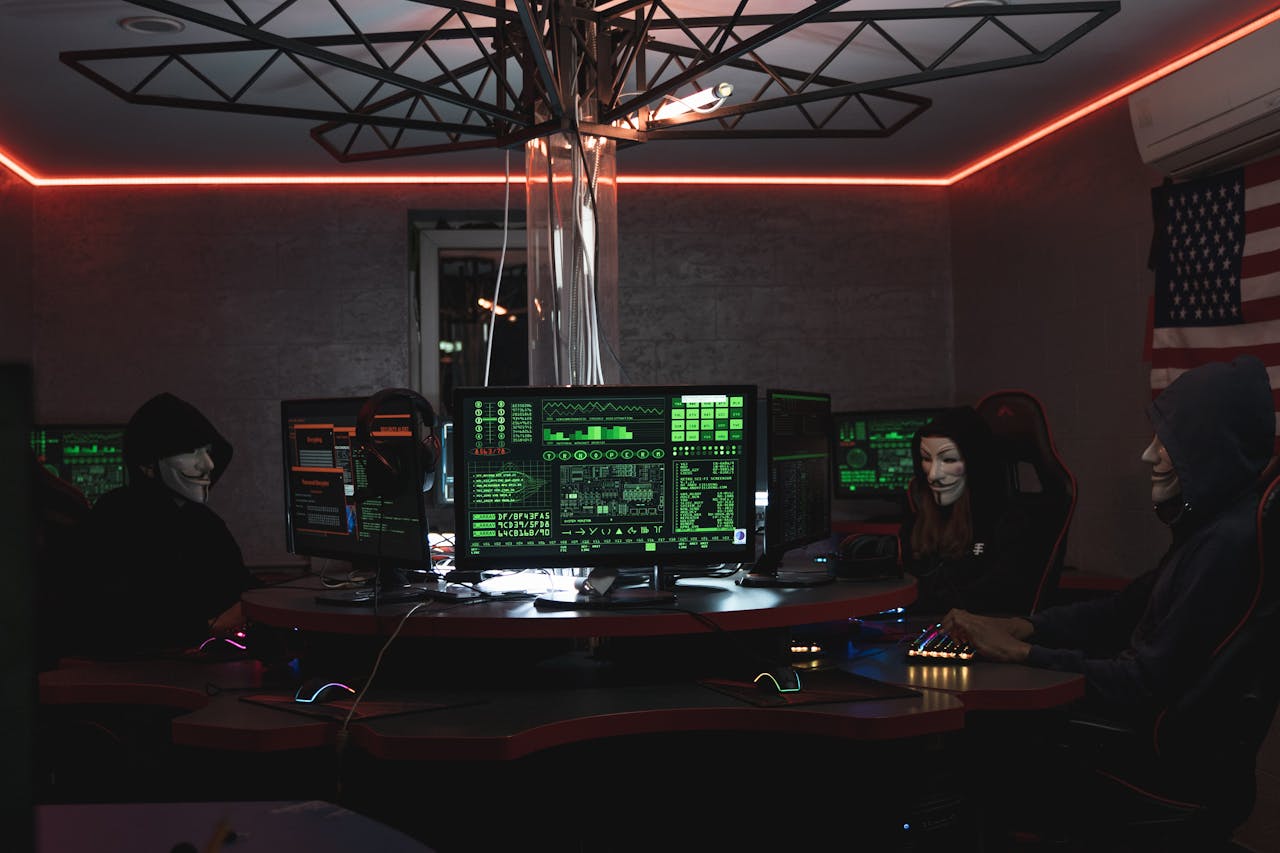With more employees than ever working from home—or anywhere outside the traditional office—organizations must adapt their security posture to a dispersed environment. Remote work introduces new challenges: mixed personal and corporate devices, unsecured home networks, and reliance on cloud services. Below, we outline key strategies to keep your distributed team—and your data—safe.
1. Establish a Robust VPN or Zero Trust Access
Why it matters:
Secure tunnels and continuous verification ensure that every connection, whether from home or a coffee shop, meets your security standards.
How to implement:
- Deploy a trusted VPN solution that enforces strong encryption (AES‑256 or higher) and disallows split‑tunneling.
- Consider a Zero Trust approach where each request is authenticated, authorized, and encrypted, regardless of the user’s location.
- Enforce device posture checks before granting access—confirm operating system updates, anti‑malware status, and firewall settings.
2. Harden Endpoint Security
Why it matters:
Laptops and mobile devices traveling between home, coworking spaces, and public Wi‑Fi hotspots are prime targets for attackers.
Key actions:
- Install endpoint protection with real‑time threat detection, application control, and behavioral analytics.
- Enable disk encryption (BitLocker, FileVault) to protect data if devices are lost or stolen.
- Lock down administrative privileges, ensuring employees use standard accounts for daily tasks and an elevated account only when necessary.
3. Secure Home and Public Networks
Why it matters:
Not all Wi‑Fi is created equal. A compromised router or rogue hotspot can expose your corporate traffic.
Best practices:
- Change default router credentials and upgrade firmware regularly.
- Use WPA3 encryption whenever possible, or at minimum WPA2 with a strong passphrase.
- Teach employees to recognize rogue networks and always verify SSIDs before connecting.
4. Leverage Cloud Security Controls
Why it matters:
Remote teams increasingly rely on SaaS and cloud infrastructure—each service must be configured securely.
Checklist for cloud hygiene:
- Enable multi‑factor authentication on all cloud accounts, including email, file storage, and collaboration platforms.
- Implement role‑based access control (RBAC), granting only the permissions necessary for each user’s role.
- Turn on audit logging and alerts for critical actions, like credential changes or data exports.
- Use Cloud Access Security Brokers (CASBs) to monitor and enforce security policies across multiple cloud services.
5. Educate and Empower Your Team
Why it matters:
Employees are both your strongest defense and potential weak link. Ongoing training keeps them vigilant.
Training recommendations:
- Monthly micro‑learning modules on topics such as secure file sharing, phishing simulations, and safe use of collaboration tools.
- Quarterly live Q&A sessions where IT walks through common challenges and answers user questions.
- A clear “Secure Remote Work” playbook outlining approved tools, password policies, and incident reporting procedures.
6. Plan for Incident Response Outside the Office
Why it matters:
When a breach or malware infection occurs remotely, rapid, coordinated action is crucial to limit damage.
Response planning:
- Maintain an up‑to‑date inventory of all remote endpoints, their owners, and installed security software.
- Define clear escalation paths: who to call, what information to gather, and how to isolate compromised devices.
- Test your remote incident playbook with tabletop exercises simulating lost or infected laptops, data leaks, and ransomware outbreaks.
Building a Secure Remote-First Future
Remote work isn’t just a temporary trend—it’s here to stay. By combining strong technical controls (VPNs, encryption, endpoint protection) with human-centered initiatives (training, clear policies, and response planning), you can empower your distributed workforce to operate securely and productively, no matter where they log in from.
Ready to master the art of securing a remote-first organization? Explore CyberShield Academy’s dedicated course, “Secure Remote Work Architectures,” and give your team the knowledge and tools they need to thrive securely in any environment.


